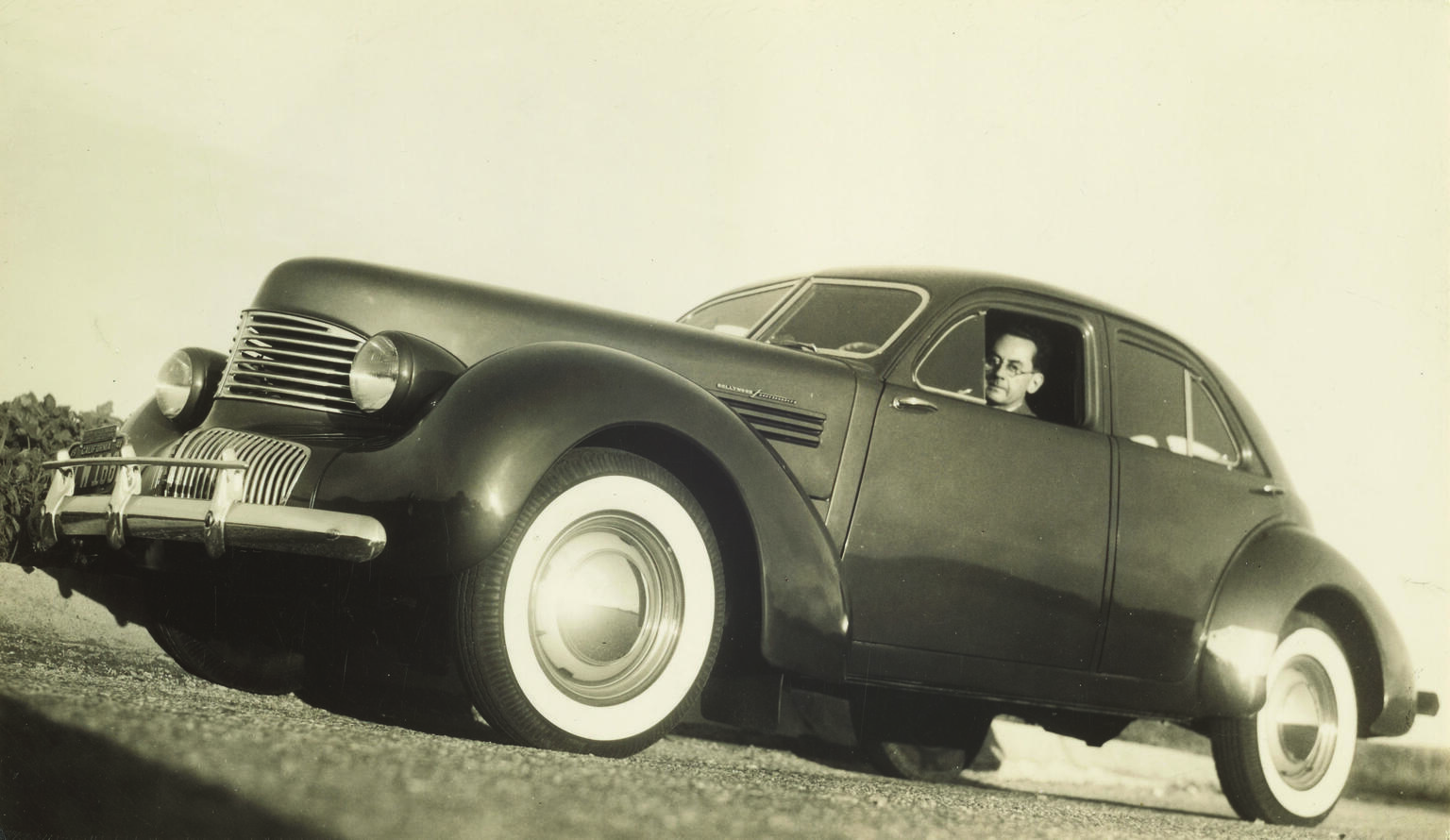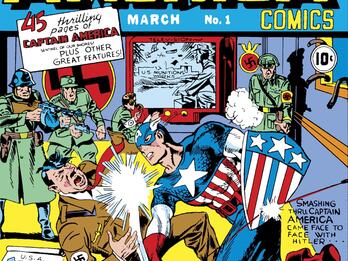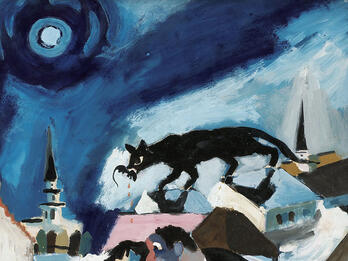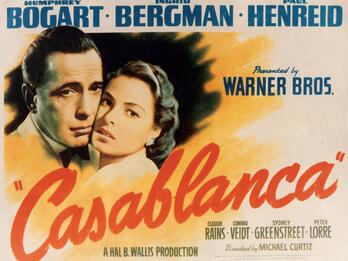Self-Portrait in Graham Hollywood Car
Man Ray
1941

Creator Bio
Man Ray
The American multidisciplinary artist Man Ray played a major role in the Dada and surrealist movements of the Parisian avant-garde in the 1920s. Born Emmanuel Radnitzky in Philadelphia, he adopted a pseudonym early on in his career, as did many other Jews working in the period. After meeting and collaborating with the French artist Marcel Duchamp, in 1921 Man Ray moved to Paris, where he opened a photography studio. There he experimented with art film and photography, creating his signature “rayographs,” commonly referred to as photograms, in which objects were collaged onto photosensitive paper and exposed to light, producing quasi-abstract, black-and-white images. During World War II, Man Ray lived in the United States, but in 1951 he returned to Paris.
Related Guide
Visual and Material Culture in the Mid-Twentieth Century
Jewish visual art flourished and diversified in the postwar period, reflecting the social and political transformations taking place in the world.
Places:
You may also like

Captain America, no. 1, cover

Refugees

Carriage Driver (Self-Portrait), Drohobycz

Gouache from Leben? Oder Theater?: Ein Singspiel (Life? or Theater? An Operetta), #4351

Kerch, Crimea (Grief)


